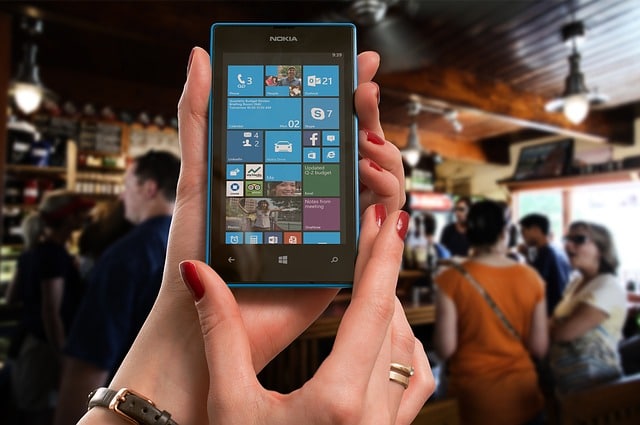
A mobile-led recruitment strategy is a hot topic and a smart decision. A recent seminar held in the UKs top tech hub in Old Street and hosted by two mobile leaders – Swrve and Mediacom – lent some fascinating statistics and ways in which mobile can and should be leveraged. We’ve taken these learnings, and applied them to improving your mobile recruitment strategy.
The Main Mobile Mistake
Mobile and desktop are two different animals. And one of the most common mistakes is the transference of your desktop recruitment strategy to mobile. This rarely works and your mobile strategy should be completely separate from your desktop strategy.
How to Improve Your Mobile Recruitment Process
Most recruiters now have a mobile-ready site that loads and functions appropriately for users visiting on a mobile device.
However, despite this progression, in our previous post, we reported that “65% of jobseekers think it has been more difficult to get a job compared to the last time they were looking for a new role”. One of the main reasons for this, is a complicated application procedure. And this is where mobile comes in to its own.
So if you’re looking to take this to the next level and have a fully functional mobile application process, we have these relevant lessons taken from the seminar.
• A functioning mobile application process for recruitment needs to feel native – that is, natural and seamless. For this, mobile specialist developers and resources need to build it. They’re not cheap, but with 60% of traffic now coming from mobile and job seekers wishing to apply quickly and on the move, it seems a worthwhile investment.
• Avoid pinch and zoom in your mobile application system. Users are put off by having to zoom in to read part of a page, then pinch out to navigate the rest of a mobile website.
• Build a mobile application portal as just that – don’t try and move a desktop job application portal across to mobile. Start afresh.
• Should you wish to use video, know that 98% of videos are watched in portrait, and 90% of those are watched on mute.
• Having to input the same details over and over irks candidates – as Apple Pay allows you to save credit card details and never enter them manually again, having the ability to save candidate’s personal information and resumes on your mobile application site will mean less candidates leave the process out of frustration.
• Geotargeting is an option available for use on mobile that isn’t available to desktop, if candidates are searching for jobs in a specific geolocation you could even tailor your mobile recruitment process to enable candidates to search jobs by their “current location”, or a “saved” favourite location.
• As we’ve mentioned in a previous post too, if you can live chat or send a push notification (text message) to candidates, you can contact them in the moment a particular job is on their mind – even when they’re on the move. You don’t have to wait until they check their email.
• Keep the process short and sweet, the shorter and easier it is, the less candidates will drop off.
What’s Next in Mobile?
As if that wasn’t enough… if you’re looking to really get ahead the next trend in mobile is something called conversational UI. We covered text messaging as an option to keep candidates in the loop using mobile recently, and conversational UI takes that to the next level, allowing live messaging interactions between candidates and recruiters.
Takeaways
The takeaways for mobile recruitment and its future are as follows:
• Have a mobile strategy separate to desktop
• Make applying for jobs easy on mobile – reduce the information needed and try to autosave personal details and resumes if possible to reduce drop offs
• Consider geotargeting and text messaging options to capture candidates’ attention whilst their mind is on the job
• Get mobile-trained talent to ensure your mobile website or application feels native and natural








